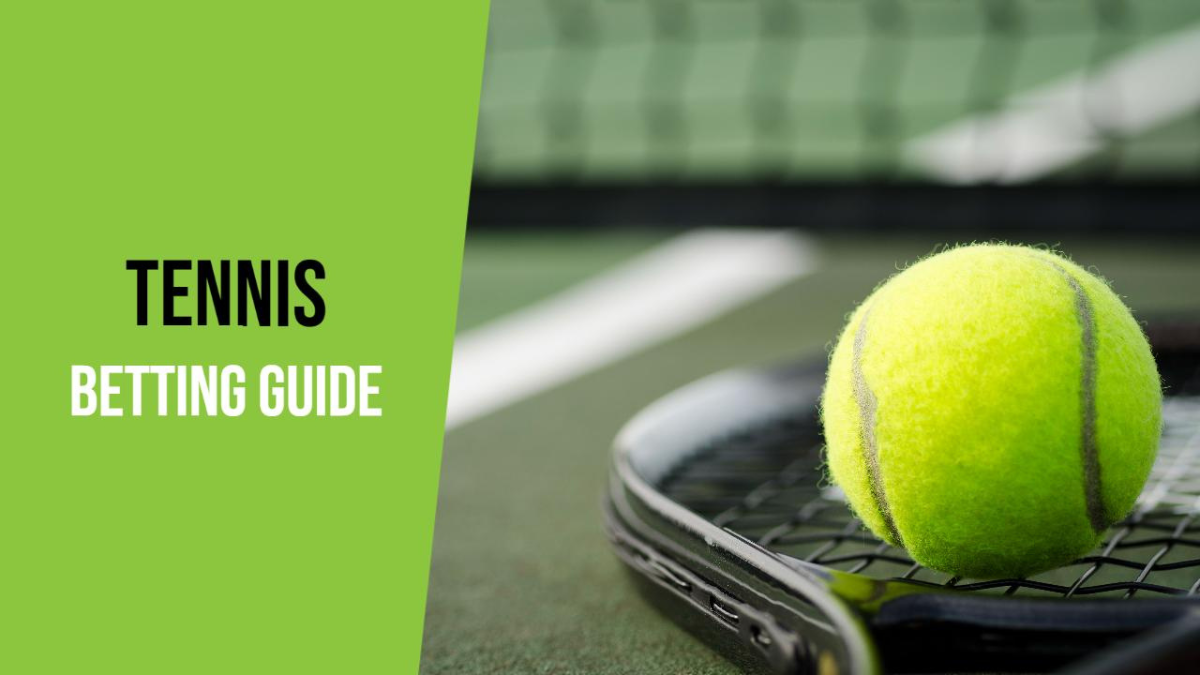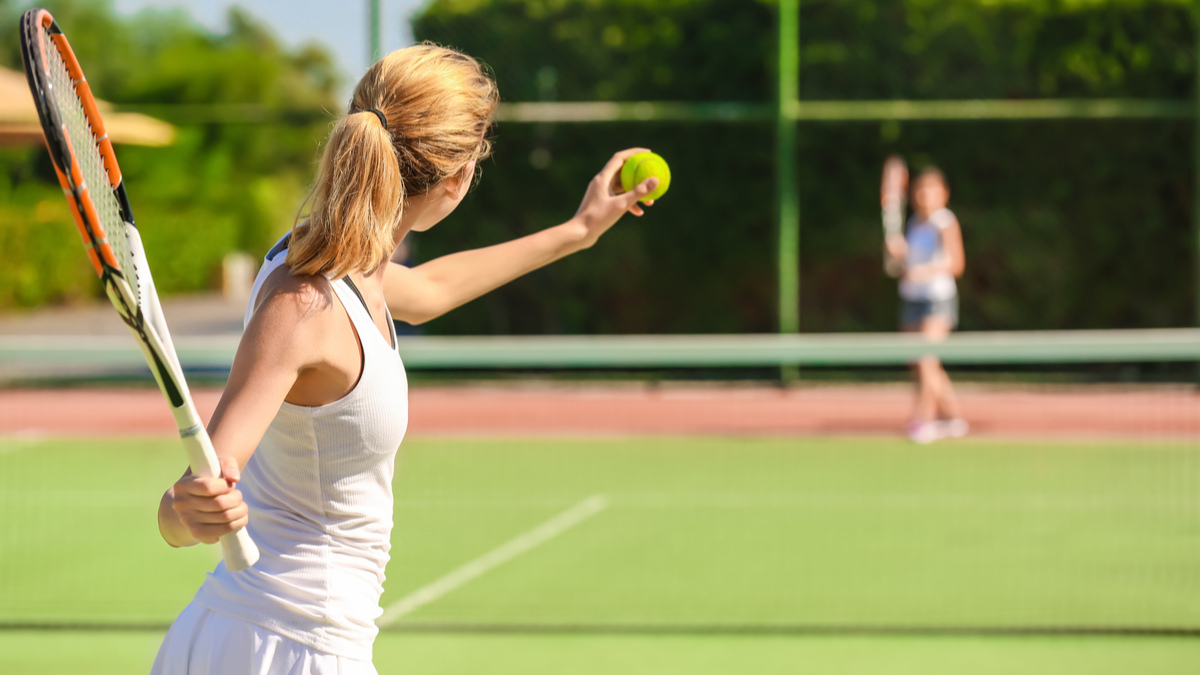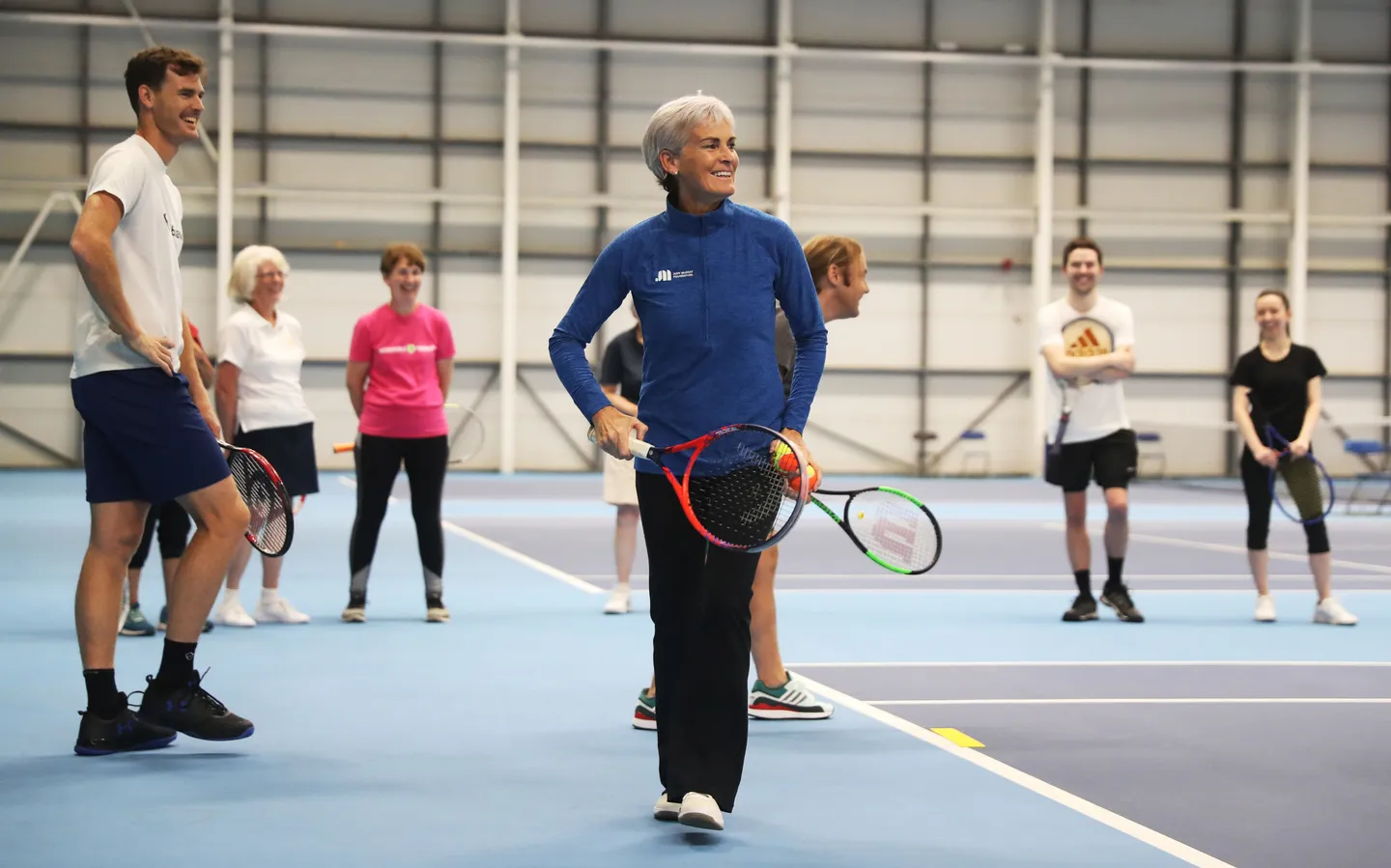Welcome to the VH Stories, as an avid tennis player myself, I know how thrilling and challenging this sport can be. Whether you’re a novice looking to pick up a racquet for the first time or a recreational player aiming to improve your game, these essential tennis tips will help you make significant progress on the court. In this blog, I’ll guide you through various aspects of the game, from basic techniques to advanced strategies, empowering you to enjoy tennis to the fullest.
1. The Right Equipment
Before diving into the exciting world of tennis, it’s crucial to have the right equipment. Here are the essentials you’ll need:
- A Tennis Racquet: Choosing the right racquet is essential as it directly impacts your performance. Beginners should opt for a lightweight and forgiving racquet with a larger head size to provide more power and control.
- Tennis Balls: Tennis balls come in different types based on the court surface (hard, clay, or grass) and playing level (beginner, intermediate, or professional). For beginners, regular pressurized tennis balls work well.
- Proper Footwear: Investing in quality tennis shoes is a must to prevent injuries and ensure stability on the court. Look for shoes with good cushioning, lateral support, and traction.
2. Mastering the Grip
To hit the ball effectively and comfortably, you need to have the correct grip. The most common grip for the forehand stroke is the Eastern Forehand Grip. Here’s how to achieve it:
- Hold the racquet with your non-dominant hand, positioning the racquet head perpendicular to the ground.
- Place your dominant hand on the handle and slide it down the grip until the V-shaped space between your thumb and index finger points towards your non-dominant shoulder.
- Wrap your fingers around the handle and ensure a comfortable but firm grip.

3. Footwork and Movement
In tennis, footwork is the foundation of all strokes. Proper positioning and movement on the court will enhance your ability to reach and strike the ball efficiently. Some key footwork tips include:
- Split Step: The split step is a crucial move that helps you react quickly to your opponent’s shot. Before your opponent hits the ball, jump slightly and land on both feet, shoulder-width apart. This readies your body to move in any direction.
- Cross-Over Step: Use this step to move from side to side, ensuring a balanced and controlled motion. When moving to your right, cross your left foot over your right, and vice versa.
- Recovery Step: After each shot, quickly get back to the center of the court to prepare for the next shot. Proper recovery positioning gives you the best chance to cover the court effectively.
4. Mastering the Basic Strokes
There are four fundamental tennis strokes you need to master:
- Forehand: The forehand is the most common and powerful shot in tennis. Start with your racquet back, rotate your hips and shoulders, and swing forward, making contact with the ball in front of your body. Follow through with your racquet across your body.
- Backhand: Work on both one-handed and two-handed backhands, focusing on maintaining a steady and compact swing. For a one-handed backhand, use your non-dominant hand to support the racquet while hitting the ball with your dominant hand. For a two-handed backhand, use both hands on the grip and swing the racquet back and forward with both arms.
- Serve: The serve is your opportunity to gain control of the point. Practice your toss, timing, and body positioning to develop a consistent serve. For more power, use your legs and core to generate force while hitting the ball with a flat or topspin serve.
- Volley: Mastering volleys allows you to capitalize on opportunities to finish points at the net. Keep your racquet out in front, and use a short punching motion to make contact with the ball. Volleying effectively requires good hand-eye coordination and quick reflexes.

5. Understanding Court Positioning
Your positioning on the court is critical to maintaining control during rallies and points. Be mindful of the following court zones:
- Baseline: The baseline is the area from which most rallies begin. As a beginner, focus on maintaining a consistent and steady rally from the baseline. Being patient and waiting for the right opportunity to be aggressive is key.
- Mid-Court: Move to the mid-court to take advantage of shorter balls or set up for an approach to the net. The mid-court is an excellent position to take control of the point and put pressure on your opponent.
- Net: Advancing to the net is an essential skill in tennis. While it can be intimidating at first, mastering volleys and overheads will allow you to finish points at the net and become a more versatile player.
6. Developing a Winning Strategy
Tennis is not just about hitting the ball; it’s a mental game too. Developing a strategic approach can give you an edge over your opponents:
- Observe Your Opponent: Pay attention to your opponent’s strengths and weaknesses, and adapt your game accordingly. If your opponent has a weaker backhand, try to direct more shots to that side to exploit their vulnerability.
- Play to Your Strengths: Identify your strengths and use them to your advantage. If you have a powerful serve, focus on winning service games and putting pressure on your opponent.
- Change Your Pace: Vary the speed and spin of your shots to keep your opponent off balance. Mixing up your shots will make it harder for your opponent to anticipate your next move.
- Use the Angles: Experiment with hitting cross-court and down-the-line shots to open up the court. Hitting angles can create opportunities to hit winners or force errors from your opponent.

7. Fitness and Conditioning
Tennis demands physical stamina and agility. Incorporate these fitness tips into your routine:
- Cardiovascular Training: Engage in activities like running, cycling, or playing other sports to improve your endurance. Tennis can be physically demanding, so building cardiovascular fitness will help you stay energized throughout long matches.
- Strength Training: Work on your core, legs, and upper body to enhance power and stability. Strong muscles will not only improve your game but also reduce the risk of injuries.
- Flexibility: Regular stretching will help prevent injuries and improve your range of motion. Flexibility is essential for reaching difficult shots and maintaining proper form.
- Agility Drills: Practice ladder drills, cone drills, and side-to-side movements to improve your quickness on the court. Being agile will allow you to cover more ground and react faster to your opponent’s shots.
8. Mental Toughness
Tennis can be mentally challenging, and maintaining focus and composure is vital for success:
- Stay Positive: Avoid dwelling on mistakes and stay optimistic during challenging moments. A positive attitude can turn a match around and keep you motivated to improve.
- Breathing Techniques: Practice deep breathing to calm your nerves and regain focus. Controlled breathing can help you relax and play with a clear mind.
- Visualization: Visualize successful shots and winning scenarios to boost confidence. Mental imagery can enhance your muscle memory and build confidence in your abilities.
- Embrace Challenges: See mistakes as opportunities to learn and grow, rather than as failures. Embracing challenges with a growth mindset will help you progress as a player.
Conclusion
Tennis is a sport that offers endless
possibilities for growth and enjoyment. By mastering the basics, refining your techniques, and developing a strategic mindset, you’ll be well on your way to becoming a formidable tennis player. Remember to practice regularly, stay focused, and most importantly, have fun on the court! Whether you’re playing for recreation or competition, these tennis tips will undoubtedly elevate your game and passion for this fantastic sport. So, grab your racquet, hit the court, and unleash the inner tennis champion within you!
Disclaimer: The tips provided in this blog are general advice and may not be suitable for everyone. If you have any health concerns or medical conditions, it’s essential to consult a healthcare professional before engaging in physical activities such as tennis.




